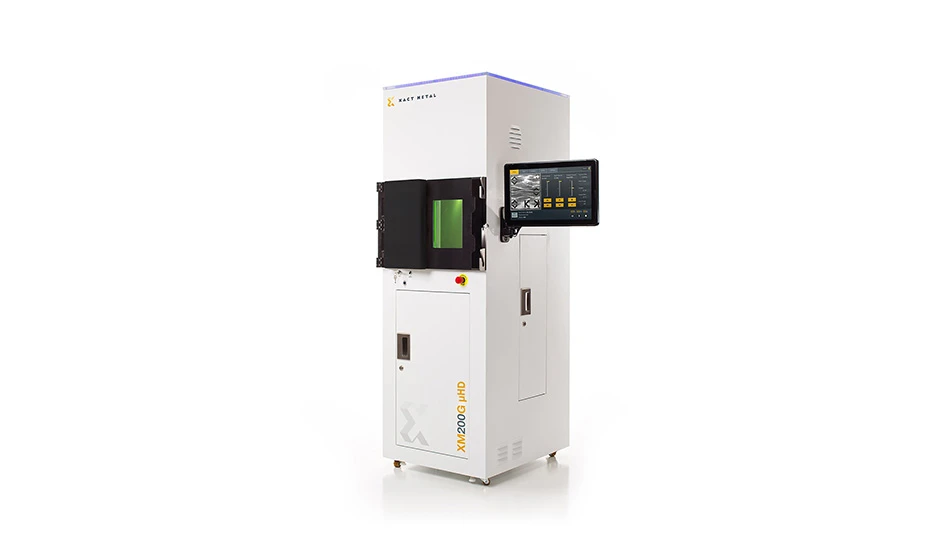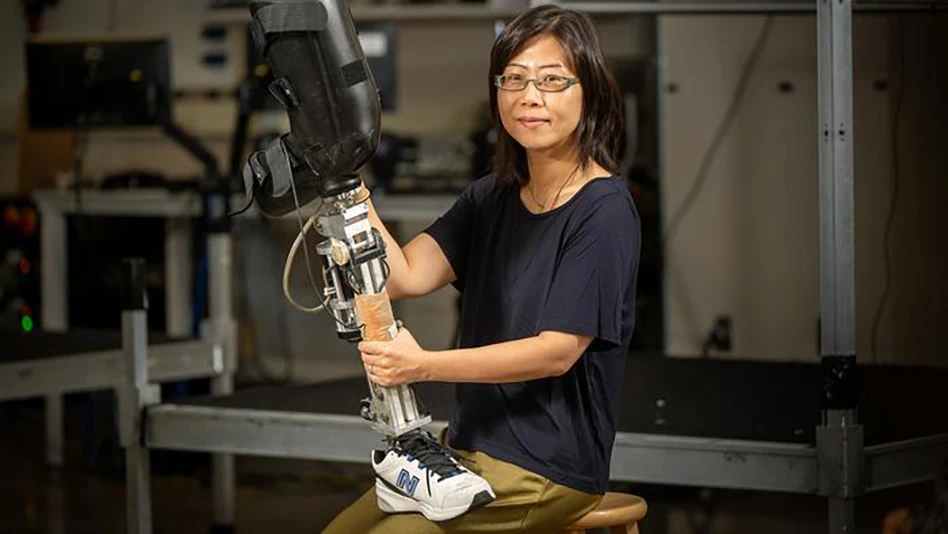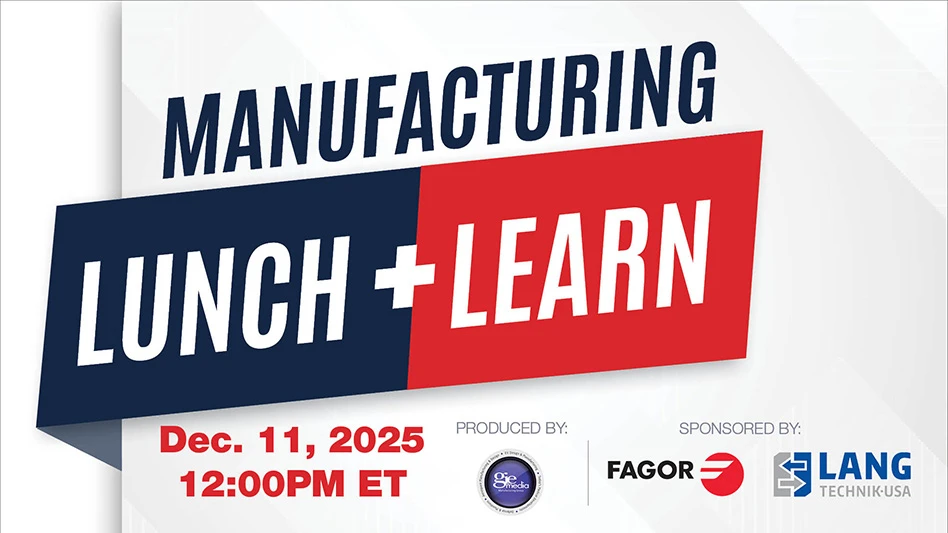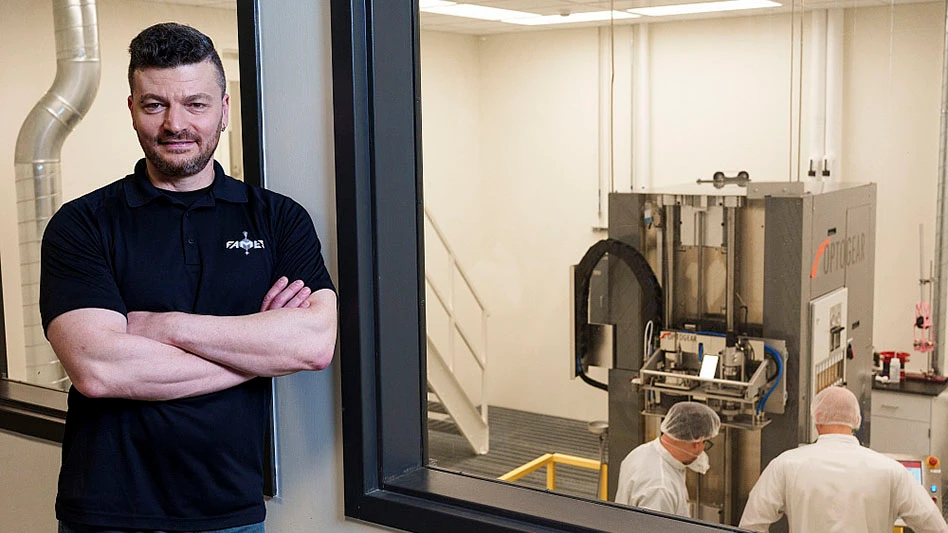 Robots have come a long way from the images of them primarily being used in factory production lines. Today, robots assist doctors in performing complex, minimally invasive surgical procedures.
Robots have come a long way from the images of them primarily being used in factory production lines. Today, robots assist doctors in performing complex, minimally invasive surgical procedures.
Looking back 20 years, doctors began utilizing laparoscopic surgery techniques – allowing them to perform a range of procedures using 1cm to 2cm incisions as compared to the traditional 12" incisions. Looking back slightly more than 10 years is the release of Intuitive Surgical’s da Vinci Surgical System; enabling an entirely new approach to laparoscopic surgery.
“The original prototype for Intuitive Surgical’s da Vinci Surgical System was developed in the late 1980s at the Stanford Research Institute (known now as SRI) under a contract with the U.S. Army,” explains Nora Distefano, market development specialist, Intuitive Surgical. “While initial work was funded in the interest of developing a system for performing remote battlefield surgery, possible commercial applications were even more compelling. It became clear to those involved [in the project] that this technology could accelerate the application of a minimally invasive surgical approach to a broader range of procedures.
“In 1995, Intuitive Surgical was founded to test this theory. Then, in 1999, Intuitive launched the da Vinci Surgical System and in 2000 it became the first robotic surgical system cleared by the FDA for general laparoscopic surgery.”
Today, it has FDA clearance for a range of procedures.
In Control
The da Vinci Surgical System has 39 servo-controlled axes of motion with an additional 17 axes that provide passive motion for system setup. Considered a more traditional approach to robotic design, the system incorporates gears along with cables, bands, and timing belts in order to control the axes and deliver the precise motion between the master and slave manipulators. Creating this precision is a drive train that has very low friction, very high stiffness, and virtually no backlash.
The motion control – together with robotic technology – scales, filters, and translates the surgeon’s wrist and finger movements into precise micro-movements of miniaturized instruments.
“Motions are filtered an de-amplified up to a scale of 5:1; the surgeon would have to move the master manipulators up to 5" in order to cause movement of just 1" inside the body. This is what delivers the complete elimination of all natural hand tremors, allowing surgeons to target tissues with greater ease and precision,” Distefano explains.
Modeled after the human wrist, the EndoWrist and its instruments deliver a great range of motion. “Robots have three arm movements; up-down, in-out, and side-to-side. In addition, they can have as many as three wrist movements on the end of the robot’s arm, similar to the human wrist – yaw, pitch, and roll,” Distefano states. The da Vinci Surgical System actually delivers 7° of freedom – in-out, right-left, up-down, rotation, yaw, pitch, and jaw-opening, and 90° of articulation and 540° of rotation– exceeding functions of the human hand.
 The EndoWrist delivers the 7° of freedom that exceeds the true functions of the human wrist.
The EndoWrist delivers the 7° of freedom that exceeds the true functions of the human wrist.
©2010 Intuitive Surgical Inc.
In Touch
Haptics, the science of applying touch sensation and control to interaction with computer applications is through use of special input/output devices that allow users to receive feedback from computer applications in the form of feeling sensations in the hand or other parts of the body. Combining haptics with a visual display enables tasks requiring hand-eye coordination, such as minimally invasive surgery.
Distefano explains that the da Vinci Surgical System relies on some force feedback sensations from the operative field back to the surgeon throughout a surgery, and that it is this force feedback that provides a substitute for tactile sensation. This type of force feedback is augmented by the vision provided by the high-resolution 3D view.
“There is a difference between gross force feedback and fine tactile sensation. The da Vinci Surgical System offers the surgeon some force feedback, in addition to strong synthetic haptic cues not related to force feedback,” Distefano says. “The force feedback is primarily used by surgeons to detect collisions – internal and external.”
Based on the above definition of haptics, Distefano states that the da Vinci Surgical System does employ some haptics technology, i.e. force feedback and strong haptics cues, but that this is not one of da Vinci’s primary features. “The da Vinci Surgical System offers surgeons advantages in the areas of visualization, precision, dexterity, control, and ergonomics through the 3D vision system and the EndoWrist instruments, as well as through robotic- and computer-enhanced technologies.”
Precision Requirements
Producing equipment such as the da Vinci Surgical System requires precision design and manufacturing.
Manufacturing is accomplished under a cellular manufacturing approach with each major portion of the system – the patient side, the surgeon side and the vision cart – individually assembled and tested. Once each major assembly is completed, the entire system is integrated as a whole, where each portion of the system must once again pass several clinical and non-clinical quality tests.
“Once the system integration tests are done, the Device History Record (DHR) is reviewed for accuracy and, upon completion, the unit is ready for shipping to the customer,” says Gus Castello, senior vice president of manufacturing operations.
“Surgical end-effectors – the EndoWrist Instrument portion of the robotic system – are manufactured separately from the robotic portion of the da Vinci Surgical System and therefore employ separate resources,” Castello explains. “In fact, the instrument manufacturing plant operates independently from the robot manufacturing plant and, as such, it has its own technicians, tooling, and quality control systems.”
For example, development of the EndoWrist instruments begins with very accurate prototyping – meaning the machine tools used need to hold tight tolerances on a range of components made from different materials.
 The motion control in the da Vinci delivers precise surgical movements. ©2010 Intuitive Surgical Inc.Kitamura Machinery is one of the machine tools used by Intuitive Surgical. The production department utilizes a 3xiF Mycenter vertical machining center to produce prototypes of components being integrated into the da Vinci Surgical System. While aluminum and some ferrous metals are machined on the Mycenter 3xiF, Castello says they are able to hold accuracies of ±0.0005".
The motion control in the da Vinci delivers precise surgical movements. ©2010 Intuitive Surgical Inc.Kitamura Machinery is one of the machine tools used by Intuitive Surgical. The production department utilizes a 3xiF Mycenter vertical machining center to produce prototypes of components being integrated into the da Vinci Surgical System. While aluminum and some ferrous metals are machined on the Mycenter 3xiF, Castello says they are able to hold accuracies of ±0.0005".
“Naturally, because the entire da Vinci Surgical System must operate seamlessly – surgeon, robot, and tissue manipulators – instruments are constantly tested against strict quality thresholds so that their performance are guaranteed to meet the prescribed clinical standard,” Castello states.
Additional precision designs include the brain of the da Vinci S and da Vinci Si platforms. This platform employs a distributed control or distributed brain architecture and, as Castello describes, “different computer modules physically reside in different portions of the system. In turn, each of the separate computer modules is programmed with different algorithms that supervise its separate and redundant sensors, printed circuit assemblies, and mechanical interfaces.”
All Together
Surgeons performing conventional laparoscopic surgery stand throughout a surgery utilizing long-shafted, handheld instruments that do not deliver 7° of freedom. Additionally, the surgeons must look up and away from the instruments, to the nearby monitor, in order to see a 2D image of the operation and the camera must be manually positioned by the patient-side assistant.
The difference between conventional laparoscopic surgery and the da Vinci Surgical System is a platform that enables surgeons to perform more minimally-invasive surgery in more comfortable accommodations, while at the same time providing high-definition, 3D visualization of the tissue plane.
The da Vinci was originally introduced in 1999, followed by the da Vinci S System in 2006 and then the da Vinci Si System in 2009. Each new generation delivers increased functionality to the surgeon through core technologies and their enhancements. Basics that make up the surgical system include 3D vision, Intuitive Motion, EndoWrist, and the ergonomic console and are standard across all generations.
A fourth arm, standard on the Si model and available as an upgrade on previous generations, enables the surgeon to change instruments without interruption. Footswitch controls allow surgeons to perform a multitude of tasks – such as swapping between different instruments – while fingertip controls turn the surgeons’ movements into precise, dexterous instrument control. Additional advancements available on the S and/or Si models include high-definition 3D viewing, cross-quadrant access, interactive video displays, dual console control, and more.
Whichever model is used for minimally invasive surgeries, the da Vinci Surgical System is delivering increased standard of care for complex surgeries and shows a multitude of potential patient benefits including less pain and blood loss, reducing the need for transfusions while enabling shorter hospital stays, quicker recovery and a faster return to daily activities.
Intuitive Surgical Inc.
Sunnyvale, CA
intuitivesurgical.com
Kitamura Machinery Inc.
Wheeling, IL
kitamura-machinery.com

Explore the January February 2010 Issue
Check out more from this issue and find your next story to read.
Latest from Today's Medical Developments
- GrindingHub Americas launches in 2027 in Cincinnati, Ohio
- Methods Machine Tools now offers the Nakamura-Tome NT-Flex
- Battelle awards $900,000 in STEM education grants to Ohio schools
- #55 Lunch + Learn Podcast with KINEXON
- Starrett and Gerstner offer limited edition, American made 1950s replica wooden machinist tool chests
- EMCO’s UNIVERSALTURN 50: The new benchmark in universal turning
- Archetype's Expertise for Equity accelerates early-stage innovation
- Stratasys expands its AM solutions with Tritone's cutting-edge technology





